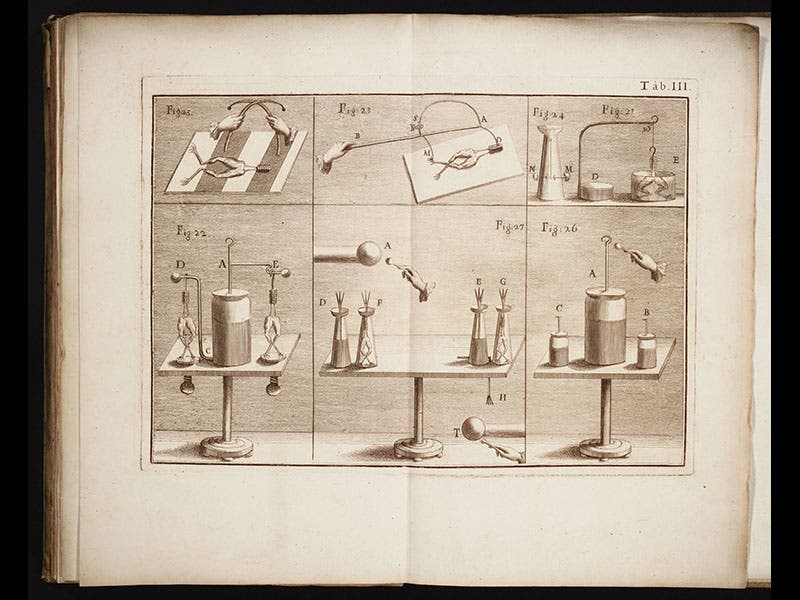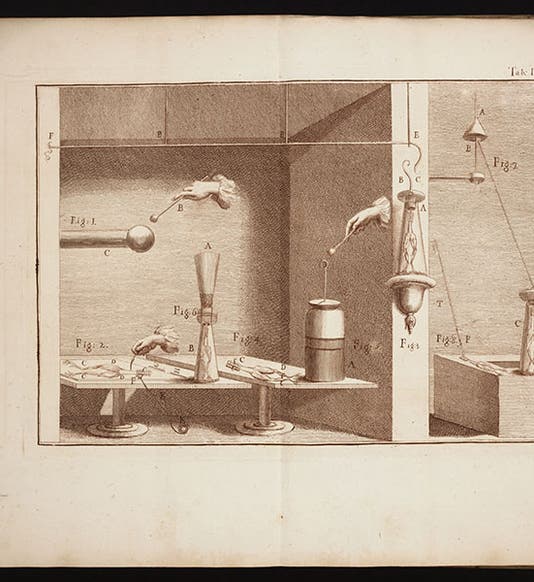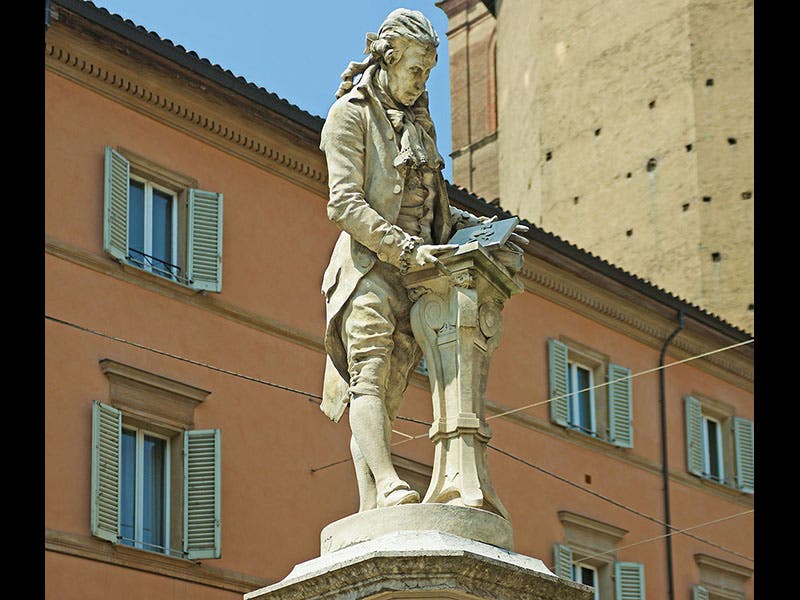Scientist of the Day - Luigi Galvani




Luigi Galvani, an Italian physician, was born Sep. 9, 1737. In the 1770s, Galvani, a professor at Bologna, began experimenting with electricity, searching in particular for electrical effects in living tissue. For a tissue source, he settled on frogs, or portions of frogs, and Galvani found that when an electrical generator was operating nearby, or there was an electrical storm, frog torsos with metallic hooks inserted into their spines would twitch. The big surprise came when he inserted a brass hook into a frog trunk and then laid the frog on an iron grate. As soon as the brass touched the iron, the legs contracted violently, and continued to do so whenever the brass hook touched the iron grate. Galvani had, unknowingly, invented a battery, which is nothing more than two different metals separated by a liquid electrolyte (like frog flesh). But Galvani didn't see it that way--he thought he had discovered a new kind of electricity, animal electricity, that was produced only by living things. It was Alessandro Volta who figured out what was going on with the frogs, and who in 1800 made a battery with copper and zinc and salt water--and no frog.
Galvani announced his results in a long 56-page paper, “De viribus electricitatis in motu musculari commentarius” that appeared in the Commentaries of the Bologna Institute of Science in 1791. We do not have this serial in our Library. In 1792, the paper was released in book form, with three plates re-engraved from the 1791 originals. We acquired the 1792 edition earlier this year, and you can see the three plates, and the title page, above. In our copy (and a few others), the plates are printed in sepia rather than black ink, which makes them especially attractive.
A statue of Galvani, admiring a frog, stands in Piazza Luigi Galvani in Bologna (fifth image).
Dr. William B. Ashworth, Jr., Consultant for the History of Science, Linda Hall Library and Associate Professor, Department of History, University of Missouri-Kansas City. Comments or corrections are welcome; please direct to ashworthw@umkc.edu.







